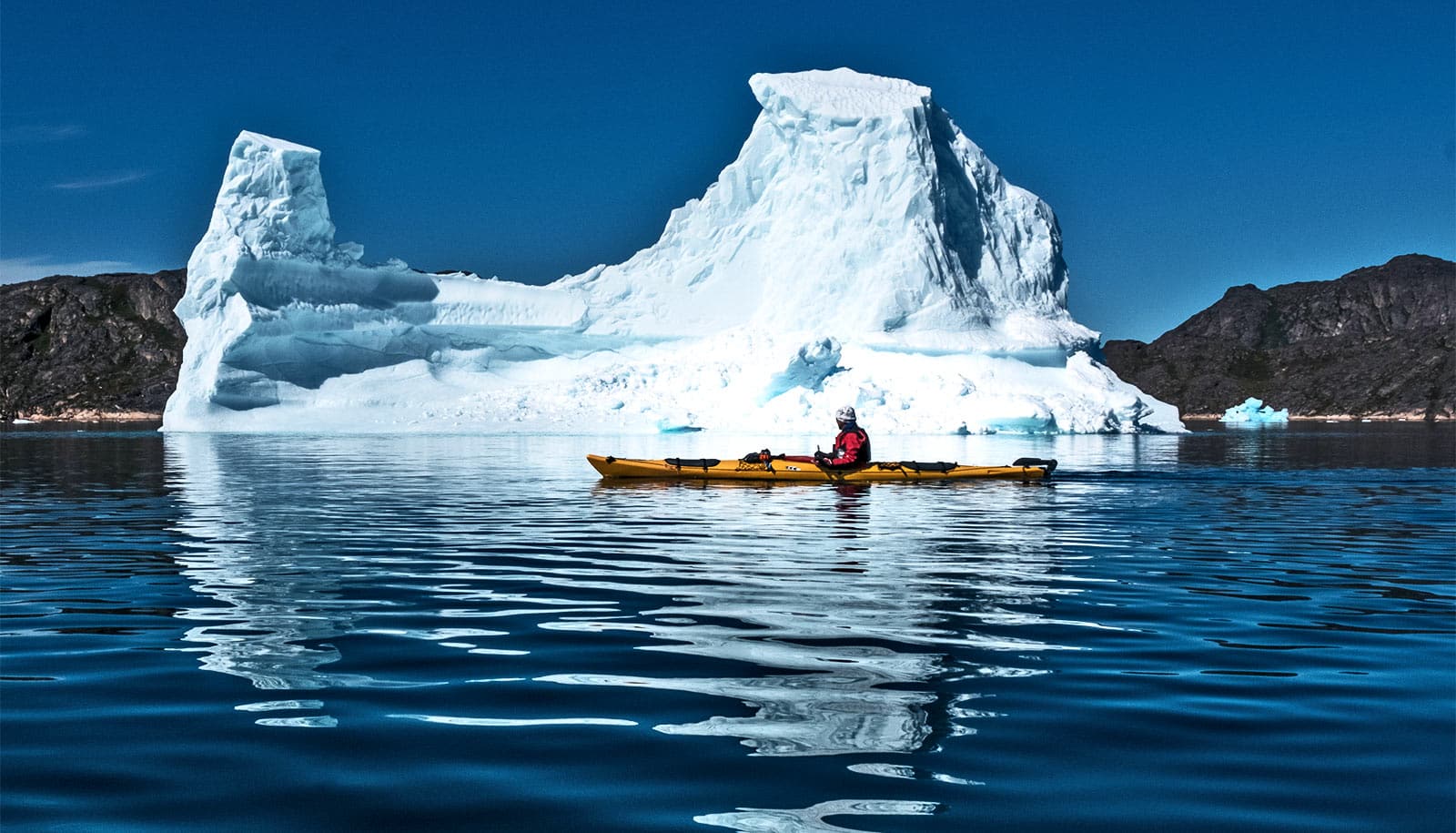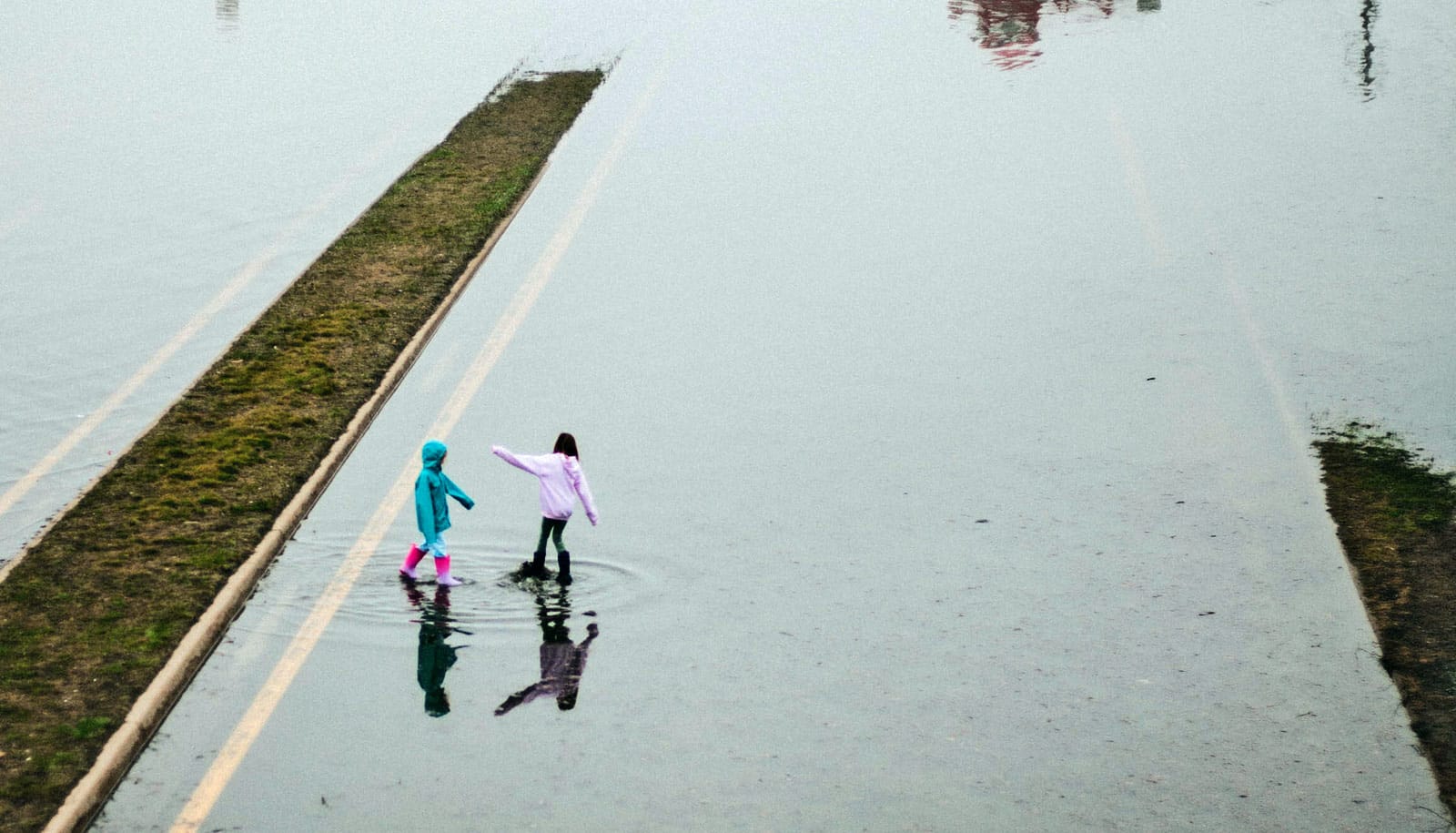Greenland is losing ice mass seven times faster than it did in the 1990s, researchers warn.
That pace matches the Intergovernmental Panel on Climate Change’s high-end warming scenario—which could expose 400 million people to coastal flooding by 2100, 40 million more than in the mid-range prediction.
The alarming update comes from the Ice Sheet Mass Balance Intercomparison Exercise, a project involving nearly 100 polar scientists from 50 international institutions.
The researchers combined 26 separate surveys to compute changes in the mass of Greenland’s ice sheet between 1992 and 2018. Altogether, researchers used data from 11 different satellite missions, including measurements of the ice sheet’s changing volume, flow, and gravity.
The findings in Nature show that Greenland has lost 3.8 trillion tons of ice since 1992—enough to raise global sea levels by 10.6 millimeters (almost half an inch). The rate of ice loss has risen from an average of 33 billion tons per year in the 1990s to 254 billion tons per year in the last decade—a sevenfold increase within three decades.
Super melting
“There is a rather universal agreement among the independent techniques used in this study and the international group of researchers about the mass loss in Greenland: half from surface melt, half from faster glacier flow,” says Eric Rignot, professor of Earth system science at the University of California, Irvine.
“The more remarkable result from this study is that Greenland is melting along the lines of the highest rate of warming examined by climate models. In other words, we’re in the worst-case scenario.”
Rignot was the technical lead for the mass budget method, which compares the accumulation of snowfall in the interior with surface melt and the output of mass into the ocean from glaciers.
Isabella Velicogna, professor of Earth system science, directed the part of the project that used time-variable gravity data from NASA’s Gravity Recovery and Climate Experiment to measure ice sheet mass balance with great precision.
“The GRACE mission has been a leading force for looking at the mass balance of Greenland, and with the GRACE Follow-On mission, we’re able to continue these critical observations,” she says. “The signal from Greenland is so big right now in the GRACE observations that it’s hard to miss, and it’s above what was expected from climate models.”
2011 Greenland ice loss: 335 billion tons
In 2013, the Intergovernmental Panel on Climate Change predicted that global sea levels would rise 60 centimeters by 2100, putting 360 million people at risk of annual coastal flooding.
But the new study shows that Greenland’s ice losses are increasing faster than anticipated and are more aligned with the IPCC’s high-end climate warming scenario, which forecasts an additional 7 centimeters of sea level rise.
Ice losses peaked at 335 billion tons in 2011—10 times the rate of the 1990s—during a period of intense surface melting, IMBIE researchers found. And although the pace has since dropped to an average of 238 billion tons per year, this remains seven times higher than in the ’90s and does not include all of 2019, which could set a new high due to widespread summer melting.
NASA’s Cryospheric Sciences Program and the European Space Agency’s Climate Change Initiative funds the project.
Source: UC Irvine



